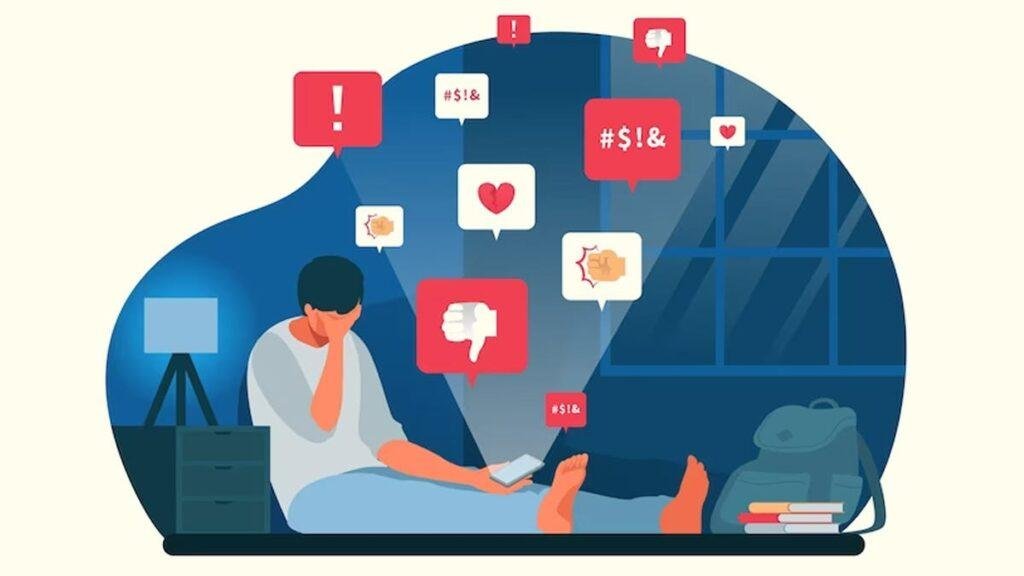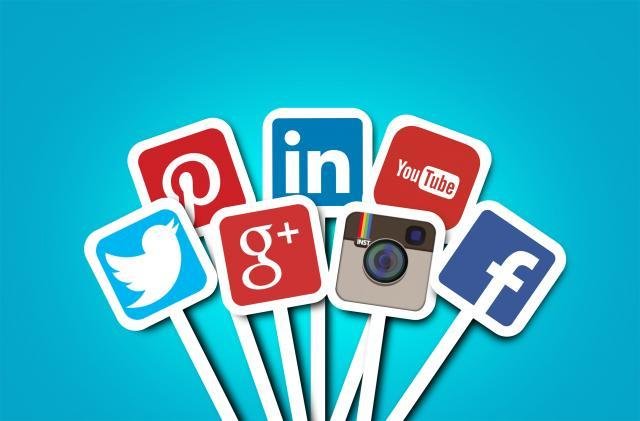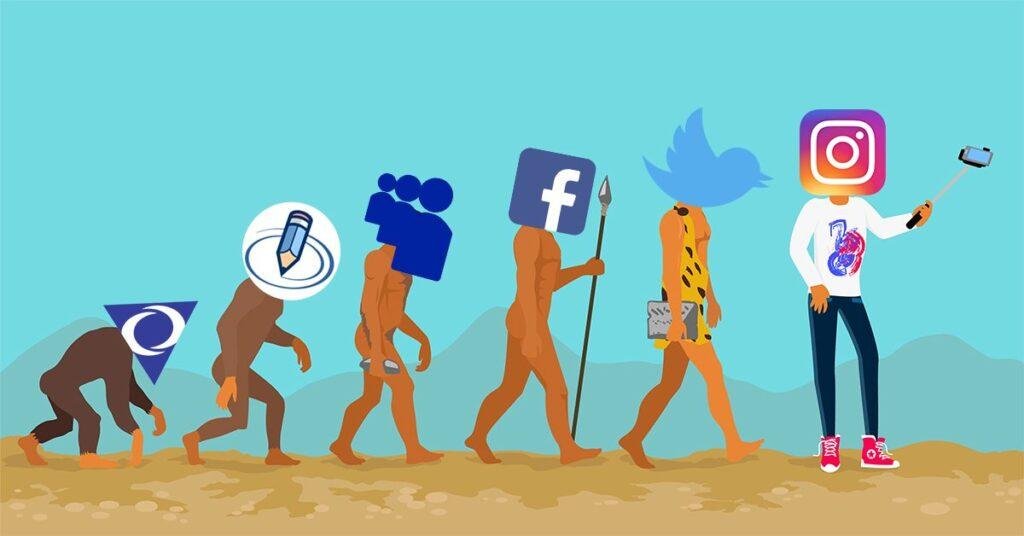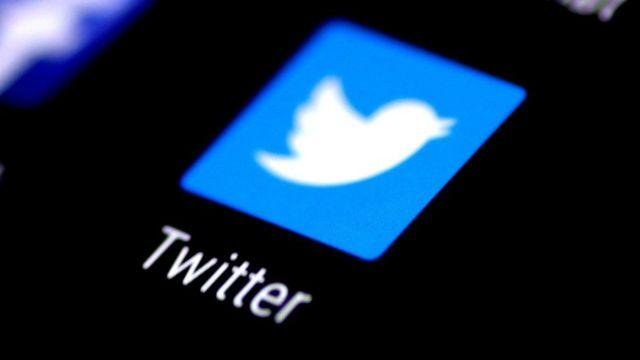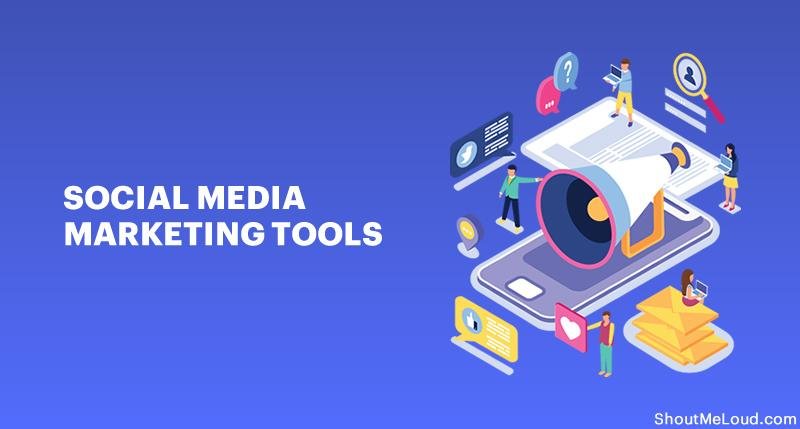The impact of social media
Social media has transformed the way we communicate and interact with one another, with both positive and negative consequences. This topic could explore the effects of social media on mental health, relationships, and society as a whole.
The impact of social media has been far-reaching and significant, with billions of people around the world using social media platforms such as Facebook, Twitter, Instagram, and TikTok daily.
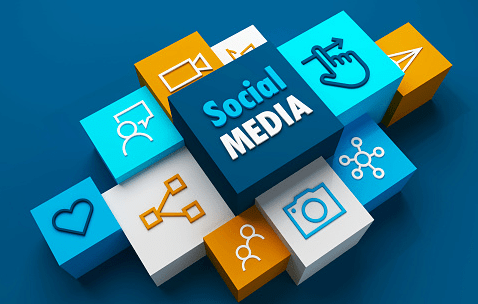
While these platforms have enabled people to connect with others, share information, and express themselves in new ways, they have also had negative consequences, such as cyberbullying, the spread of misinformation, and the erosion of privacy.
In this essay, we will explore the impact of social media on mental health, relationships, and society as a whole.
One of the most significant impacts of social media is its effect on mental health. While social media can be a source of support and connection, it can also exacerbate feelings of loneliness, anxiety, and depression.
A study by the Royal Society for Public Health found that social media use was linked to increased levels of anxiety, depression, and poor sleep and that users who spent more time on social media platforms were more likely to experience these negative effects.
This is thought to be due in part to the way that social media can create unrealistic expectations. People often present idealized versions of their lives online.
Social media has also had a profound impact on relationships, both positive and negative. On the one hand, social media has enabled people to connect with others across great distances. Maintain long-distance relationships, and build communities around shared interests.
On the other hand, social media has also contributed to the breakdown of relationships. People use these platforms to spy on their partners, engage in infidelity, and air their grievances in public.
This can lead to feelings of mistrust and betrayal, and can even have legal consequences in some cases.
Finally, social media has had a significant impact on society as a whole, with both positive and negative consequences.
On one hand, social media enables people to mobilize around causes, share information, and hold those in power accountable. Platforms like Twitter organize protests, and Facebook raises awareness about issues like climate change and social justice.
On the other hand, social media has contributed to spreading misinformation and eroding trust in institutions. The proliferation of fake news and conspiracy theories has made people increasingly skeptical of the media, politicians, and even science itself.
Conclusion
The impact of social media has been both positive and negative. With profound consequences for mental health, relationships, and society as a whole.
Social media has enabled people to connect with others in new ways and has provided a platform for social change. It has also contributed to feelings of isolation and anxiety, the breakdown of relationships, and the spread of misinformation.
As social media evolves, it’s crucial to consider its impact on these areas and develop strategies to mitigate negative effects. 바카라사이트


